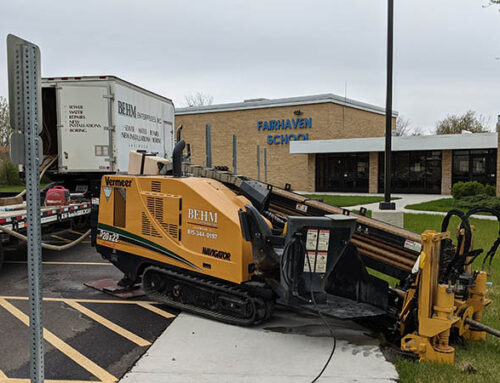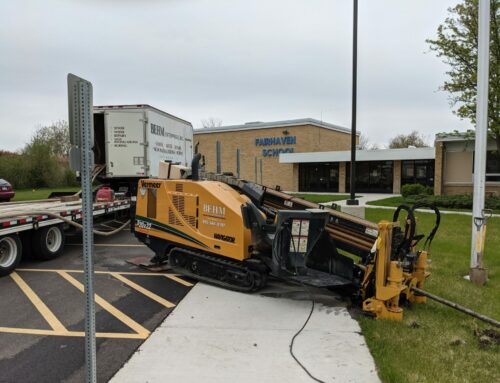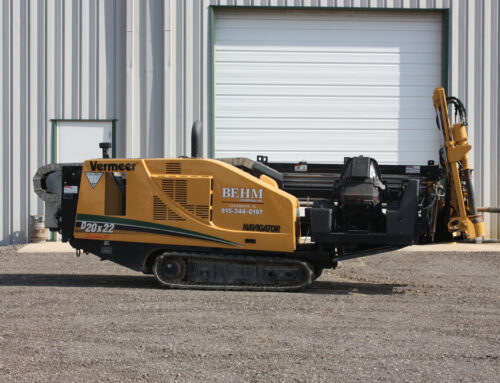Directional drilling and directional boring are terms often used interchangeably, but they refer to specific methods within the broader field of trenchless technology used for installing underground utilities. While the differences are subtle, understanding them can help clarify the appropriate use of each term in different contexts.
Directional Drilling:
Directional drilling is a broader term that encompasses various drilling techniques used to steer the drill bit along a predefined path beneath the earth’s surface. This technique is widely used in the oil and gas industry to access resources that are not directly beneath the drilling rig, allowing operators to reach targets that are miles away horizontally from the drilling site. The term “directional drilling” can also apply to the installation of underground utilities, where precision and control over the drilling path are critical.
Directional Boring:
Directional boring, also known as horizontal directional drilling (HDD), is a specific type of directional drilling used primarily for installing underground utilities such as pipelines, conduits, and cables. This method is designed to minimize surface disruption by drilling horizontally beneath the ground without the need for extensive excavation. Directional boring is highly accurate and is used to navigate around obstacles like roads, rivers, and existing infrastructure.
Key Differences:
- Applications:
- Directional Drilling: While directional drilling includes directional boring, it is also used for oil and gas exploration, where the goal is to reach a reservoir deep underground and miles away horizontally.
- Directional Boring: This method is specifically tailored for utility installations, focusing on creating a horizontal borehole with minimal surface disruption.
- Scale and Complexity:
- Directional Drilling: This technique can involve very complex operations, such as drilling multiple wells from a single location or reaching extreme depths and distances. It’s a key technique in the energy sector.
- Directional Boring: The operations are typically less complex and on a smaller scale, focusing on utility installations that might span only a few hundred feet or several miles but do not involve the same level of complexity as oil and gas drilling.
- Equipment:
- Directional Drilling: In the oil and gas industry, directional drilling uses specialized rigs and equipment designed to handle high pressures, deep wells, and complex drilling paths.
- Directional Boring: Equipment used in directional boring is designed for shallower, more controlled drilling paths, with emphasis on navigating around existing infrastructure and minimizing surface impact.
Directional drilling and directional boring are closely related techniques, but they have distinct applications. Directional boring is a specialized subset of directional drilling, focused on the horizontal installation of utilities with minimal surface disruption. While the terms are often used interchangeably in construction and utility contexts, it’s important to recognize their differences, especially when discussing more complex operations in the oil and gas sector, where “directional drilling” is the more precise term.
If you’re planning a project that requires precision and minimal disruption, Behm Enterprises has the expertise to guide you through the process, whether it’s directional drilling or boring. Contact us today to discuss how we can help you achieve your project goals with our specialized techniques.
And don’t miss next month’s article, where we’ll explore the specific benefits of directional drilling and boring for homeowners and municipalities, and how these methods can make your projects even more successful.




